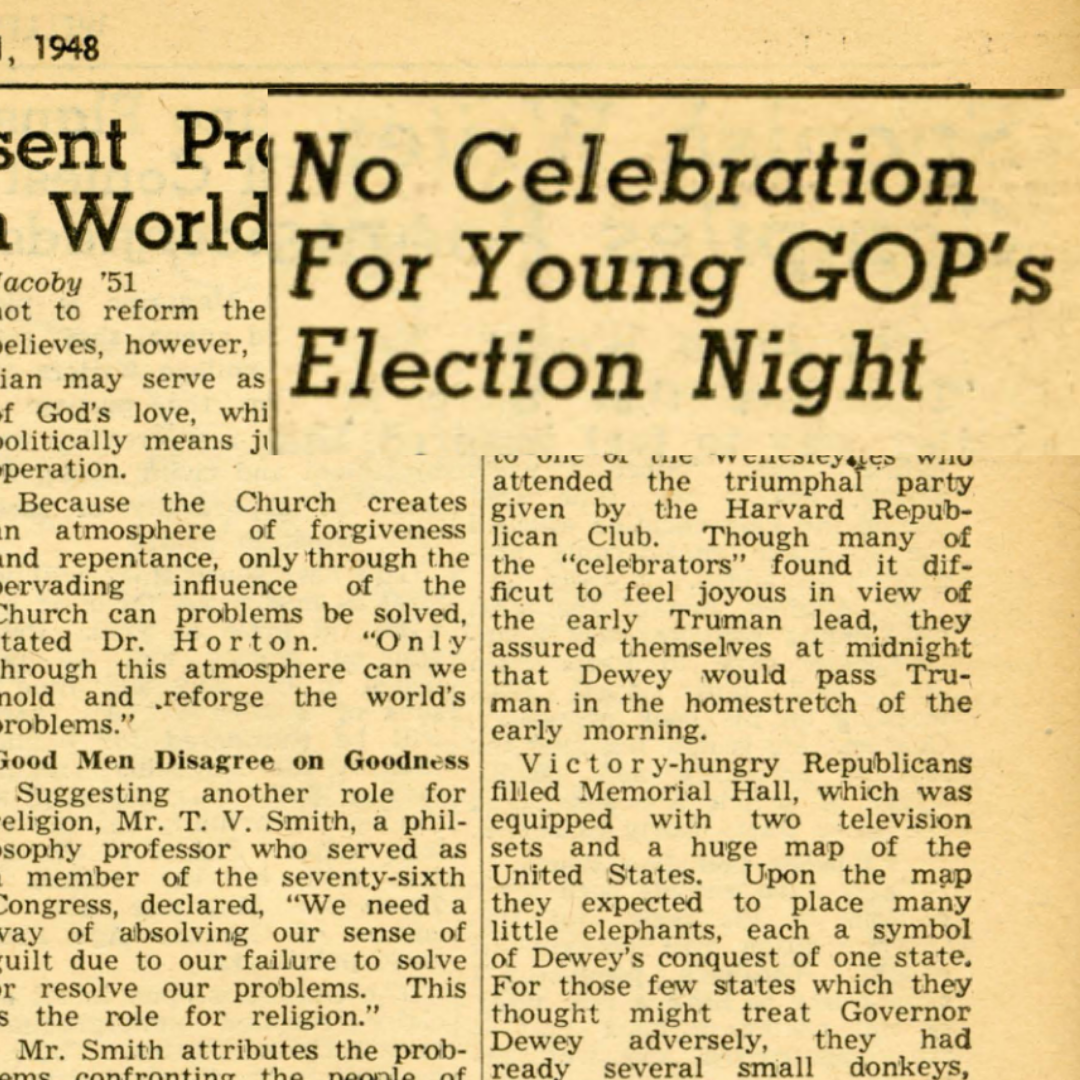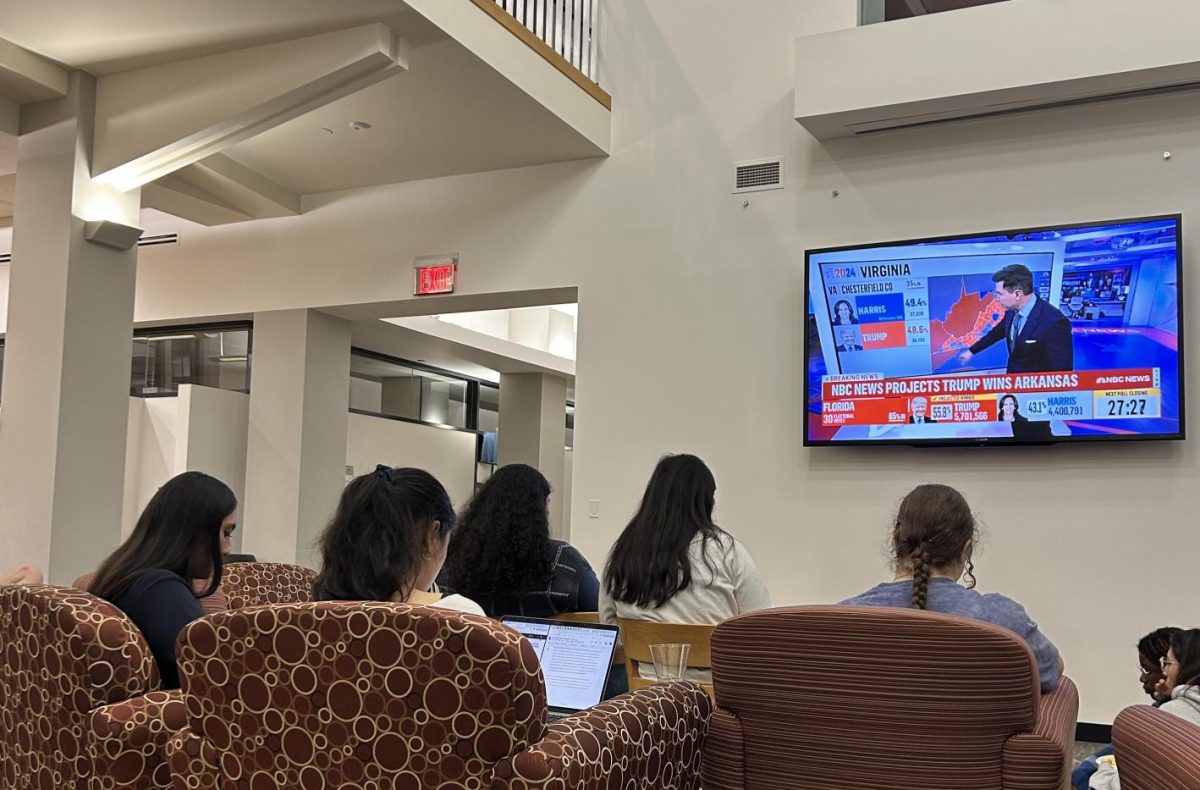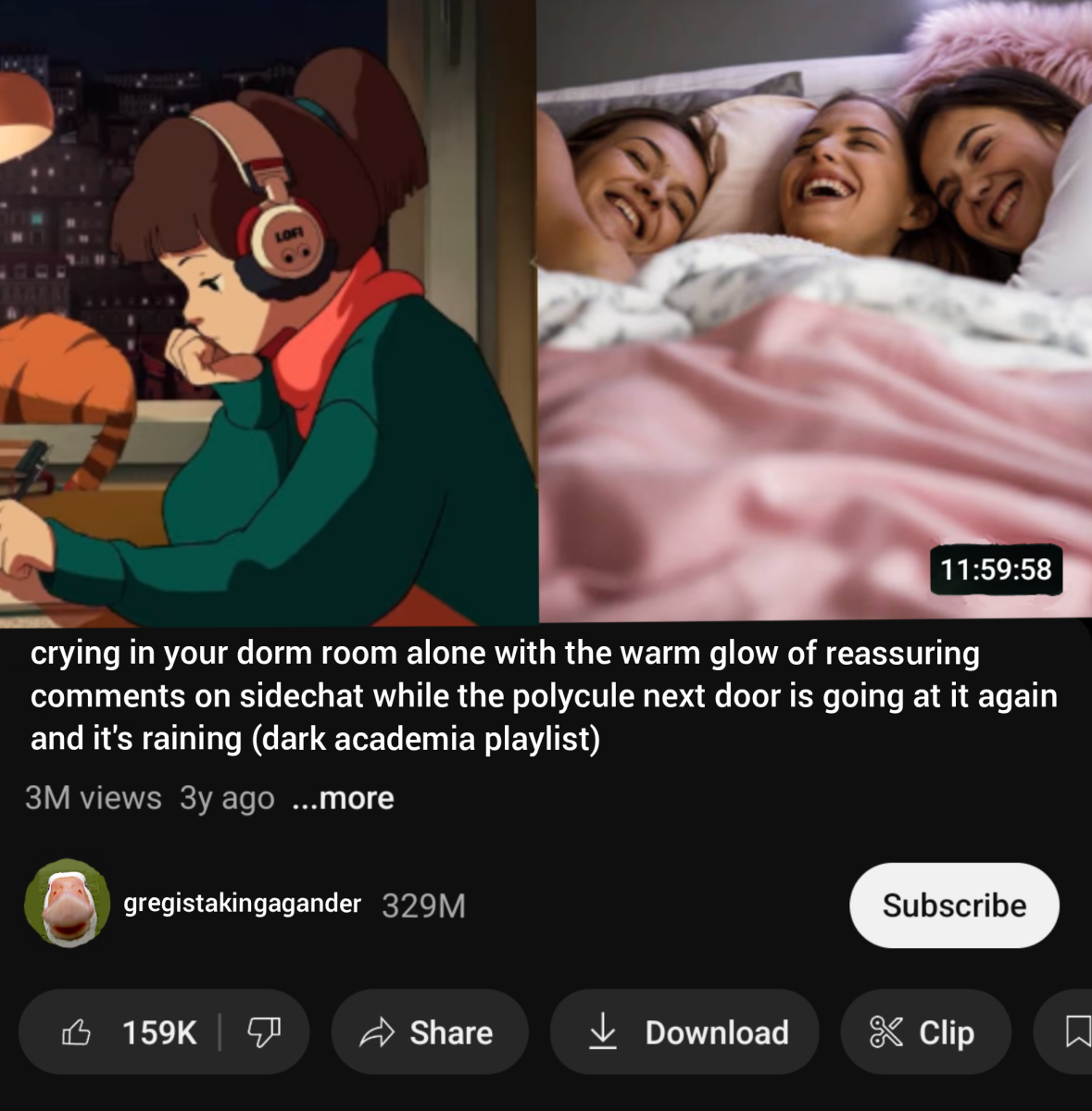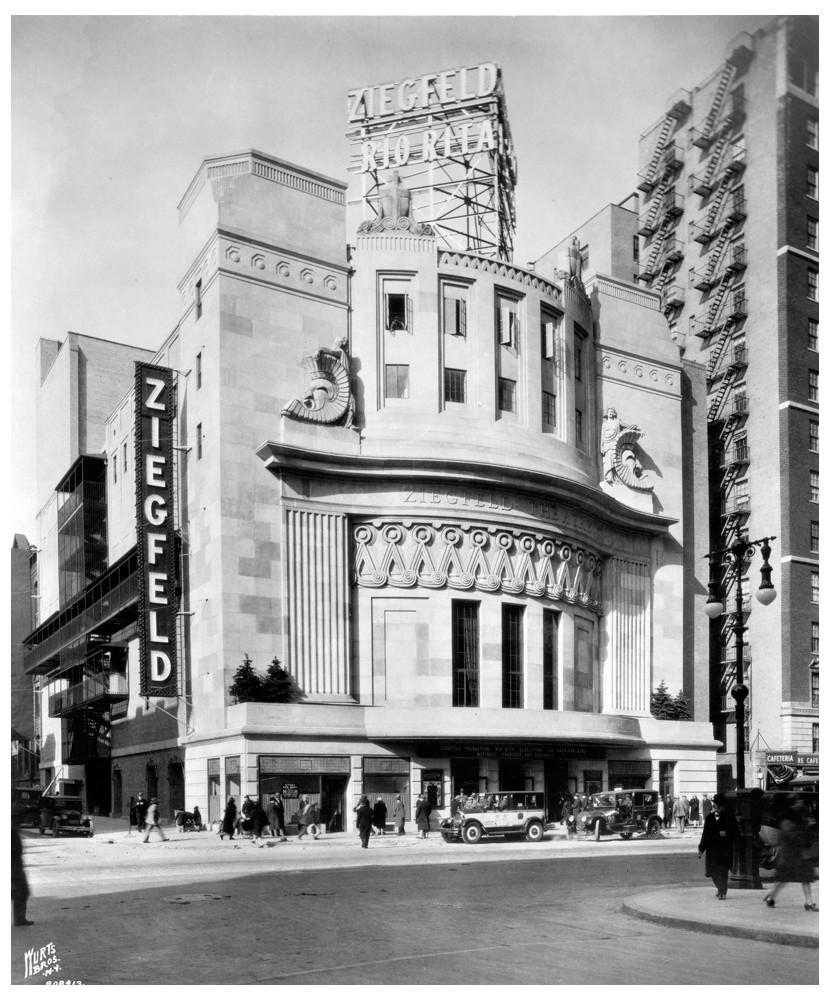On Jan. 28, 2016, the iconic Ziegfeld Theatre, a one-screen, 1,131 seat movie theater, often called the last great movie palace, shut its doors after 47 years. Like numerous other movie theaters all across the world, it could no longer keep up with the competition posed by chain multiplexes, film streaming and downloading services, legal or otherwise. But, unlike multiplexes, streaming services threaten gigantic chains and small independent theaters alike.
In the last five years, US box office revenue has declined five percent and the number of frequent moviegoers from the age 18-24 continued to decline. The number of tickets sold dropped 11 percent between 2004 and 2013 while the ticket prices increased by 17 percent. In addition to dropping ticket sales, these price hikes can be traced to costs related to gimmicks such as 3D as well as the expenses related to digital projection and equipment maintenance. Whether or not this new technology actually adds anything to the cinema-going experience remains a topic of debate, but the positive effect technology has had on the at-home movie watching experience is undeniable. In the eyes of many, the cinema-going experience no longer competes with the convenience and low cost of streaming services.
It is undeniable that the threat posed by streaming services is the biggest the movie theater industry as a whole has faced since the introduction of television. While none deny the immediacy of the problem, the question of what is to be done has inspired a wide range of answers.
In 2010, Disney attempted to maximize its revenue by releasing Tim Burton’s “Alice in Wonderland” after 14 weeks of the release on to DVD and Blu-ray versions. The theatrical window is shrinking, and people prefer to wait until the VOD release than physically going to a movie theater.
Although some theater chains vehemently responded to the shrinking of theatrical windows, more chains are compromising to further shorten the theatrical release and home streaming release.
It is striking how Paramount Pictures agreed with AMC Theatres and Cineplex Entertainment to make new movies streaming at home just in two weeks. Paramount vice chair Rob Moore claims “exhibition for the first time was open-minded about evolving our business instead of sticking their heads in the sand and ignoring what is happening around us.”
In recent months, the discussion of what both film distributors and exhibitors should do about streaming services has been brought into the spotlight thanks to Screening Room. A streaming service being pitched by Sean Parker, co-founder of Napster and former Facebook president, Screening Room would allow people to watch major studio release films at home at the same time they come out in theaters. At CinemaCon, an annual gathering that brings together movie theater owners as well as major names in both film production and distribution from over 80 countries that began on Monday, Screening Room has already proven to be the main topic of discussion. In his acceptance speech for the CinemaCon Showman of the Year award on Monday night, director J. J. Abrams addressed the matter, telling an audience full of movie theater owners, “we have to adapt.”
The majority of exhibitors remain decidedly opposed to Parker’s proposal, with the AMC theater chain, one of the largest film exhibitors in the world, being a very important exception. The field remains incredibly split. Beyond Abrams, Screening Room has the support of several major filmmakers, including Steven Spielberg, Ron Howard and Martin Scorsese. Meanwhile, the National Association of Theater Owners, as well as several filmmakers including Christopher Nolan and James Cameron, have come out in opposition to the proposed streaming service.
Those in favor of Screening Room argue that the service will expand audiences, leading to increased profits. Some have also pointed out that the service could benefit small budget and limited release films by making them available to a much wider audience. Those in opposition argue that Screening Room would prove to be catastrophic for movie theaters. There are well over 5,000 movie theaters in the US alone, and filmmakers and exhibitors cite both the importance of preserving the movie-going experience and the number of jobs put at risk by the disruption of this traditional film exhibition model.
There is no real way of knowing whether Screening Room would prove to be the long-sought solution to the problem of shrinking audiences, a total catastrophe or something else entirely if it became a reality. With the way things look right now, there is a definite chance that we will soon find out.












































